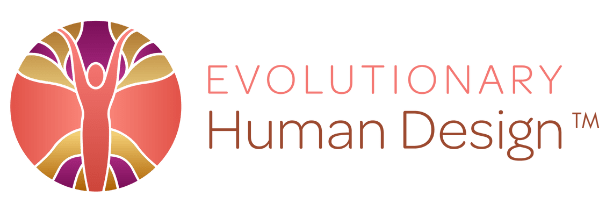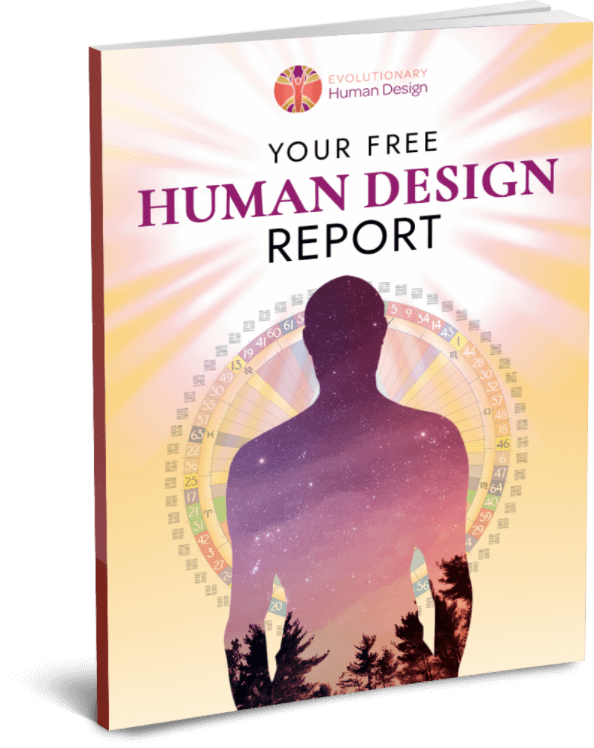Life is not a success story, nor is it a tragedy story, either. It is a journey during which there are many instances of potential delight and many of seeming calamity. How we view our life depends entirely on our point of view and our perspective.
Every instance in life has at least two potential outlooks, every debate has at least two sides. It is up to us whether we choose to qualify something as good, or bad……or, we have the possibility to accept what happens without judging it. At this time in our evolution, we have arrived at a point in the post-information age where we can no longer hold onto and assimilate all the facts and information that are available to us. We are blinded by comparisons, countless details, factoids, and half-truths until often we can barely function if we allow ourselves to come to a state of overwhelming mental exhaustion.
When this happens, the indication is that we are over-using our brains in a vain attempt to make the right decisions for ourselves in our lives. The brain was never designed as a place for decision making — how can you ever find certainty by using a device that is a perfect comparison mechanism and which is split neatly into two halves, each containing its own perfect viewpoint? “This or that, this or that?” asks the brain, continuously. In this article, we examine the brain, and the ways in which we use it in the light of Human Design, and see how healthy it is for us to say and do the things we think we think.
The Crown Center, our source of questioning
In Design terms, the Crown Center is our place of inspiration. It provides pressure for us to assimilate information that is apparently sourced outside of ourselves into explanations that we can absorb and equate within us. The Crown Center can be in a state of constant puzzlement, puzzling through what it is that we perceive to be going on here in life. It is always goading us to make sense, comprehend, and “know” what life is. In his days of enlightenment and teaching, a story is told of Gautama the Buddha, who was almost constantly surrounded by his many followers, but who, one day, was walking through a forest accompanied only by his cousin, Ananda.
Ananda realizes his moment of having the great mystic to himself, and asks the Buddha if he has told them everything that can be told, or is he, perhaps, holding back on something? In response, Buddha reaches down and picks up a handful of leaves. Waving the leaves in front of Ananda, Buddha indicates that these leaves represent whatever it is that can be told; that he, the Buddha, has told through his sutras and stories that the human brain could grasp. And then he waves his hands, indicating the forest floor. “And do you see all the other leaves here in the forest?” Asks Buddha. “This represents what cannot be told because it is quite beyond the grasp of the human brain.”
The Crown Center and its connections to solutions in the MindCenter
Unlike any of the other Centers in the Human Design chart, the Crown Center, (the Pituitary Gland), the in-spirationCenter, connects only to one other Center, the MindCenter, (the Pineal Gland) the place of cognition, mental awareness, and analysis. The Crown Center has only three Gates within it that are subject to pressure to evaluate or explain our presence here in living form. These Gates operate through the dimensions of doubts that are concerned with whether we are on the right track in life or not towards an assured future; confusions as to whether what we perceive around us makes sense or not according to precedent; and a balance where we get a sensation of knowing we are involving ourselves or not with resonant truth. Doubts relate almost exclusively to our projecting into the future, confusions relate to our connections with the past, and “balance” or “imbalance” relates to our perception of knowing our place in the scheme of life right now. If any one of these Gates becomes overly energized, it is easy for the person to get distracted and unstable in their life, trying to resolve or equate something which cannot be explained. Many of us walk around with a dense furrow on our brow because we think we think we can think our way through life. In essence, what we are indicating with these furrows is that we are over-energizing our brains to find a solution that is not able to satisfy us in the long term…if only we can stop thinking about our concerns long enough we regain our access to our life-plan. In a Design chart, if the Crown Center is colored in yellow, it is defined, implying that there is always pressure available to be thinking. If the Crown Center is colored in white, it implies that the pressure to think only happens when someone else energizes that pressure for us because they themselves have the Crown Center defined in their own Design, or they combine their Design with ours creating a definition
It can be seen in the Designs of Pablo Picasso and Walt Disney, two of the great recognized creative geniuses of the twentieth century, that they both have completely different ways of accessing their creativity. The common ground in their Life Charts for their expression is not the Crown Center and the place of inspiration, but rather, their defined Self Centers, their personal sense of “connectedness” in life, and the appreciation given to them, from the world around them, for who they are and what they relate. For Picasso, his Self Center is his Authority, for Disney, his Sacral Response gives him his clarity to commit to someone or something, or not.
The Mind Center, the “Solution” Center
Has it ever been said that women generally don’t look for solutions, but rather, would like an opportunity to express their concerns and have someone listen to them? Somehow they know that life itself is a mystery and not a problem, and any good mystery is only really good when even its outcome baffles us. I am not deriding the power of the brain and the incredible “solutions” for which it must, in part, take credit, but I am saying it is a greatly over-rated bio-computer. Instead of the brain being allowed to operate on auto-pilot, running the many functions which our lives require of it, it has become the focal point of our attention, the boss.
It has taken over. In the past 20 years, most people in the world have been exposed to computers, which in simple terms are machines reflecting our brains and the binary flip-flop process between the left hemisphere and right hemisphere. Most of us have a certain fascination, perhaps even a dread with this apparatus that has quietly overtaken our lives, whether it be through how it can be manipulated to survey us and our every whim, or through how almost every activity we wish to live out is somehow logged through it and how it has been programmed, often in needlessly complex and often seemingly stupid ways.
As a reflection of the brain, it accomplishes much, but never completely satisfies. The MindCenter operates through the senses of sight through the left and right eyes, and inner knowing, through the dimension of sound and ultimately the Pineal gland. The brain rationalizes, cogitates, ruminates, and projects its findings to the Throat Center where we exchange our perceptions with those around us through speech. Constantly the brain is trying to get things to “fit” within the realm of what it perceives around it, because when things seem to “fit,” there is a good chance someone else will be able to relate to it and agree on it. The Collective mindset enjoys having things fit. When things don’t “fit” there is a perception of “difference,” perhaps even “weirdness” that is outside the Collective mindset’s appreciation. Sight and sound are two completely different ways of perceiving our environments.
The sight brings about accord: “I believe what I see.” “I understand this point of view.” Sound is personal and unique: everyone hears according to their own way of hearing. Two people can hear the same speech and have completely different perceptions of meaning. Does having a defined (continuously active )MindCenter imply one is clever? Well, in many ways it is possible, but being really clever involves being able to master your brain and relegate it again to the information-handling device it so perfectly is: That you are the master of your brain, and not that your brain is constantly running your life. If you have an undefined or open Mind Center (colored white), it gives you the possibility of a lifetime in which you can watch and describe the machinations of the brain’s workings ……….both in yourself ……. and in others!
Categories: Human Design



